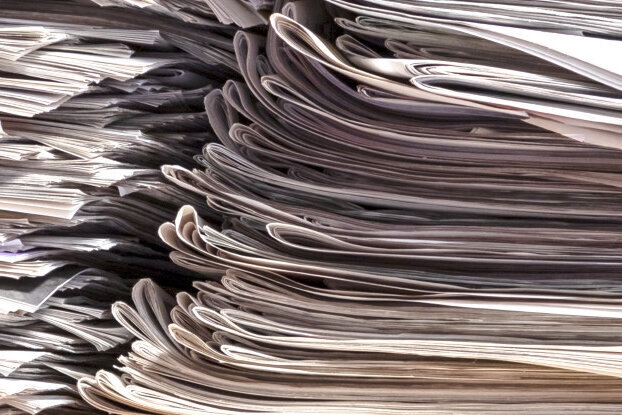The performance and output quality of a paper pulp molding machine are intrinsically tied to the selection and treatment of raw materials. Pulp moulding technology, often deployed in egg tray forming machine setups, relies on a specific category of fibrous materials that offer optimal moldability, structural integrity, and biodegradability.
Primary Raw Materials
Waste Paper
The foundational input for most pulp moulding systems is waste paper. This includes old newspapers (ONP), old corrugated cartons (OCC), mixed office paper, and used books. These cellulose-rich substrates are pulped and refined to create a slurry with the right fiber length and consistency. The availability and low cost of waste paper make it the most prevalent raw material in any egg tray manufacturing project report.
Virgin Pulp
For specialized applications—such as high-end cosmetic or electronic packaging—virgin pulp derived from hardwood or softwood may be introduced. While costlier, virgin pulp ensures uniform fiber distribution and superior mechanical strength. It is often integrated into systems using a hybrid approach to elevate surface finish without sacrificing cost efficiency.

Additives and Functional Agents
Sizing Agents
Alkyl ketene dimer (AKD) and rosin are frequently used to control water absorption. These chemical agents improve the water resistance of trays and are essential for items stored in humid or refrigerated conditions.
Retention Aids
Polyacrylamides and bentonite clays are introduced to retain fine fibers and fillers within the fiber web. This not only improves tray strength but also enhances drainage during the forming process, especially when running high-speed egg crate making machine setups.
Fillers
Calcium carbonate and talc are employed as fillers to reduce production costs and improve opacity. These materials also enhance surface smoothness, a desirable attribute in high-value molded items.

Water
Water plays a central role in the pulping and forming stages. Its quality, pH balance, and recyclability directly influence production stability. Deionized water is occasionally used in precision-dependent operations. In closed-loop systems, water is filtered and reused to maintain environmental compliance and reduce operational costs.
Secondary Fibers and Alternative Inputs
With increasing sustainability mandates, non-wood fibers are emerging in industrial-scale projects. Bagasse (sugarcane residue), wheat straw, bamboo fiber, and even textile waste are processed through specialized digesters before entering the pulp circuit. These alternatives expand the raw material portfolio and are often highlighted in the modern egg tray manufacturing project report for their ecological advantages.
Material Preparation
All raw materials are subject to rigorous preprocessing. This includes pulping, screening, refining, and consistency adjustment. In systems utilizing an egg tray forming machine, proper fiber treatment ensures consistent mold fill and minimizes defects. Deinking may also be conducted when using printed waste to improve final product aesthetics.
Conclusion
The efficiency and end-product quality of a paper pulp molding machine are dictated by the selection and preparation of raw materials. Whether operating a low-capacity egg crate making machine or a fully automated line, the formulation of input materials requires both technical precision and strategic sourcing. Sustainable procurement and intelligent blending remain critical in maintaining cost-effectiveness while meeting product performance criteria.